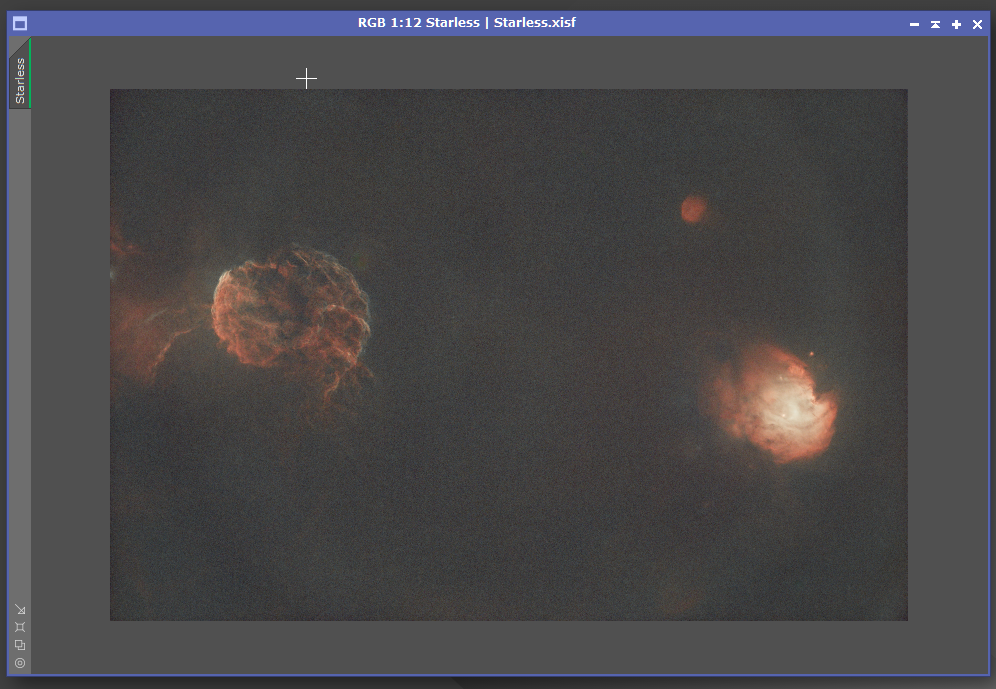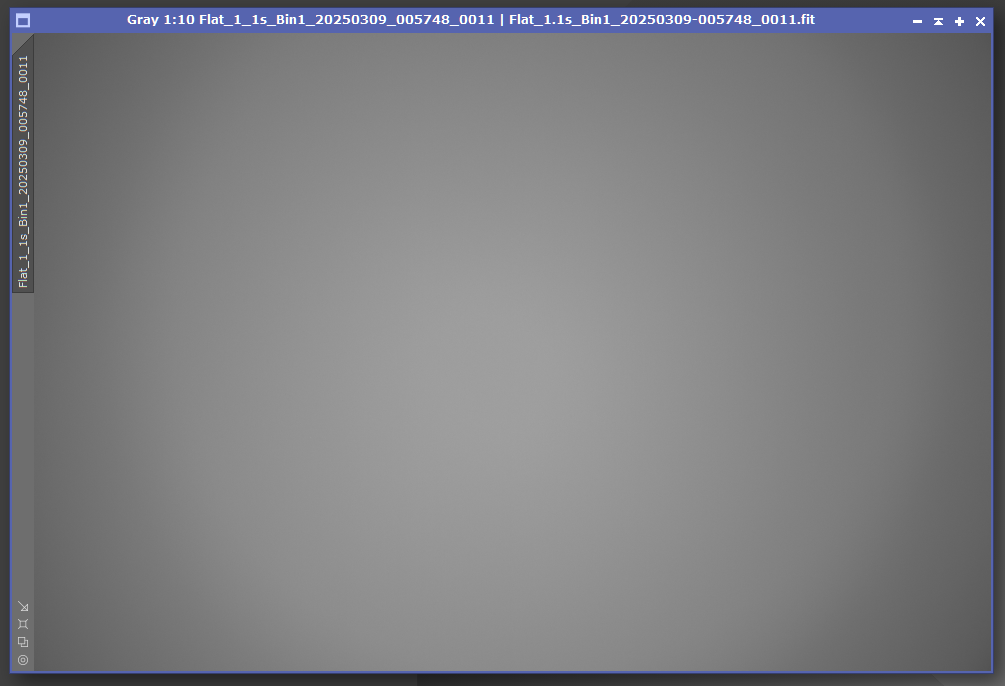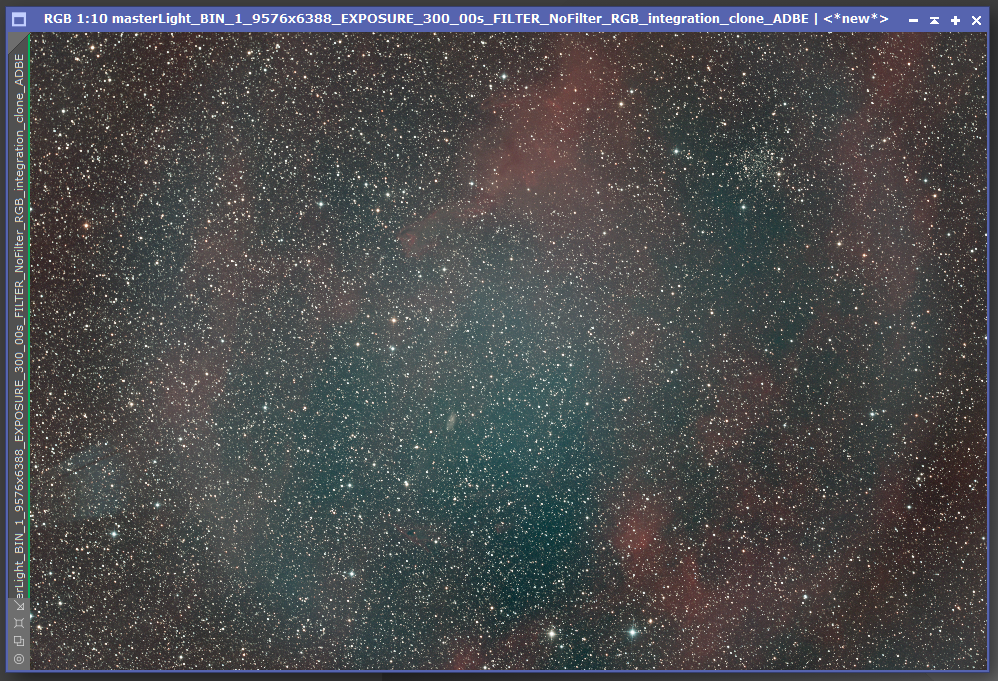Hi Greg,
I used a TAK Epsilon-180ED since 3 years with a QHY268 mono Camera in APS-C .
In the beginning I have the same problem which you described.
On calibrated lights and after removing the stars with starnet++ there remains some bigger spots ond the picture where night sky must be....
So I take my canon 6da and get at the end also after calibration process lights which shows these spots...
After a longer testing and thinking about this problem I found the solution for that problem.
There are a few points to which you pay attention when used this fast f:2.8 telescope...
My location has a bortle 3 nightsky...
1. The spiders of the secondary mirror holder are very thick. So little light pollution from the surrounding (perhaps streetlamps, etc)
can reach the sides of this spiders...to avoid this I came to the solution with an dew shild with two light baffle rings in it...the length of the
dew shield is around 40 cm....and this works fine against light pollution from the side....
2. I used for my exposure sequences the NINA Software...(gain 56, offset 25)...here I made at first flats with the built in flatgenerator and a led panel...because the Epsilon was so fast
the flats were not good (to bright with and an ADU > 37000)...so I switched to Skyflats and this flats worked perfect. The Skyflats must be made with the attached dew shield....
The Skyflats are perfect between an ADU from 28000 to 36000 (16 bit resolution of my QHY268m). In 2x2 binning mode for my RGBs I used an ADU from 13000 to 19000..
That works fine, but a litte small problem remains....
3. An additional problem can be the openening of the camera connection to the Espilon...the Epsilon and his corrector has an open wide threading of M56...
On my QHY268m first I used a connection of M48...this gives a little amount of vignetting...so I switched on the M54 threading of the QHY268m and this problem was solved
You used a fullformat color camera. So I would recommended darkflats to get ab better color corection.
I hope that these points can help you to solve the problem.
Best regards
Peter
My astronomy homepage




